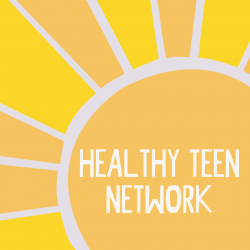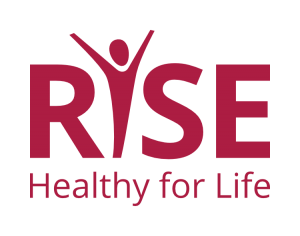Cultural perspectives, organizational policies, and local and national laws are changing to embrace the principle of Affirmative Consent. A culture of consent is one in which it is the norm, not the exception, for all persons to obtain consent prior to sexual experiences. Many educators feel this policy shift is a step in the right direction and has the potential to create positive change.
Affirmative Consent policies can:
- Build communication skills
- Construct a respectful frame about personal choice
- Help prevent sexual assault
- Address negative, outdated gender roles
Objectives of this training:
- Explain how Affirmative Consent contributes to changing youth norms and attitudes around sexual relationships.
- Deliver a pitch to advocate for the inclusion of Affirmative Consent content in educational settings.
- Develop strategies for addressing youth criticism of Affirmative Consent.
- Describe the key messages, critical talking points, and different activities included in the Teaching Affirmative Consent supplement's lesson plan.
- Describe at least three ways to reinforce Affirmative Consent messaging within related activities and classroom discussions.



